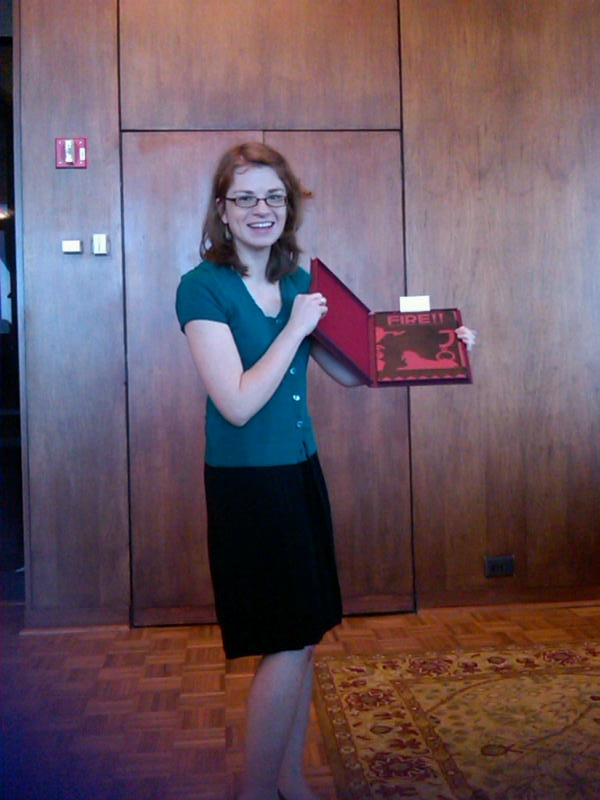By Dr. Amanda Golden, Post-Doctoral Fellow in Poetics at the Bill and Carol Fox Center for Humanistic Inquiry
During the Spring 2011 semester, students in Dr. Golden's class completed a paper assignment using MARBL collections. Here, in the third of a three-part series of blog entries, she discusses her students' findings and what they learned from interacting with archival documents.
Part of the assignment asked the students to return to the poetry we had read in light of the materials they had encountered in the archive. Sexton’s correspondence inspired students to revisit a wide range of poems. April Walker, for instance, analyzed Sexton’s inclusion of her early poem “The Black Art” (1962) in a letter to Hecht. After analyzing Sexton’s long poem, “Eighteen Days Without You” (1969), Omenka Uchendu concluded that Sexton may have sought validation from such friends as Hecht to “soothe deep, inner wounds—wounds that must have been inflicted by people in her past who were emotionally unavailable to her.” Alice Chen observed that in Sexton’s late poem, “The Death Baby” (1974), she “finds death in what is typically found in life; eyes are cold and dead, and the revealing glass actually serves to be limiting.”
The literary, historical, and cultural contexts informing Plath, Sexton, and Lowell’s poetry was also present in students’ explorations of the archive. Daniel Wexler, for instance, noted that in a letter to Hecht, Sexton “demonstrates an understanding of her place in the world of poetry at the time.” After we had visited MARBL as a class to see some of the library’s Plath and Hughes materials, Khalia Montgomery analyzed Plath’s story “Sweetie Pie and the Gutter Men” (1959) as a representation of social norms in the Fifties. This text and the contents of MARBL’s collections presented an unparalleled introduction to midcentury culture.
 The students’ excitement in response to working with primary sources was apparent to me when they returned to class following the completion of their papers. Each of the artifacts that the students had handled altered their understanding of the texts and genres that we have addressed this term. When we visited MARBL again to learn from graduate student assistant Amy Hildreth about Harlem Renaissance periodicals, the students were eager to consider thesenew materials in light of their previous experiences in the archive. As they approach their final essays, I can already see that the students have gained a more complex understanding of primary sources and research methods.
The students’ excitement in response to working with primary sources was apparent to me when they returned to class following the completion of their papers. Each of the artifacts that the students had handled altered their understanding of the texts and genres that we have addressed this term. When we visited MARBL again to learn from graduate student assistant Amy Hildreth about Harlem Renaissance periodicals, the students were eager to consider thesenew materials in light of their previous experiences in the archive. As they approach their final essays, I can already see that the students have gained a more complex understanding of primary sources and research methods.
If you are teaching in the fall, and are interested in designing an archives assignment for your students, please contact MARBL at marbl [at] emory [dot] edu.
